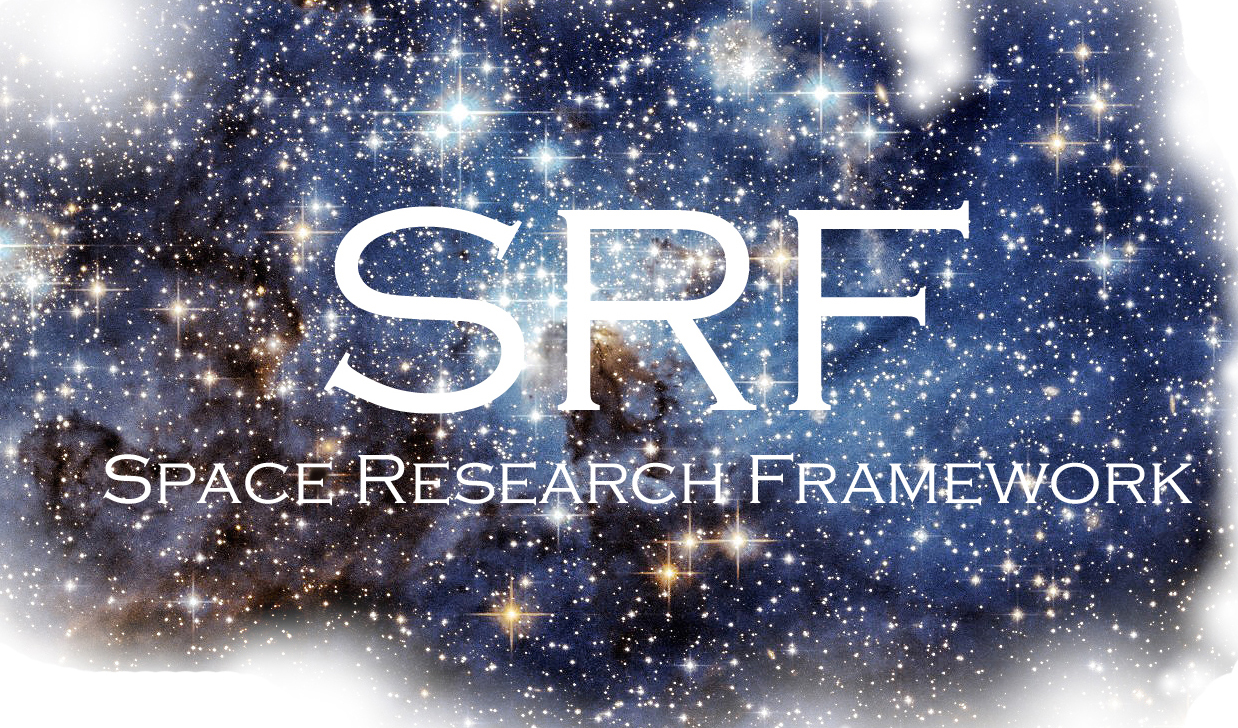Doing Our Part to Develop Space - NASA Research
First Generation Topic-Mapper - Developing Technology Roadmaps
This is where it all started for Bintel in 2015. The Advance Concepts Office (ACO) at Marshall Space Flight Center (MSFC) was developing and
refining methods and processes for performing Information Based Decisions for Strategic Technology Investments. This system was referred to as TAPP, Technology Alignment & Prioritization Process. This process supported the evaluation of the technologies for investment by NASA and MSFC to ensure alignment with NASA mission plans, technology area priorities and strategic knowledge gaps.
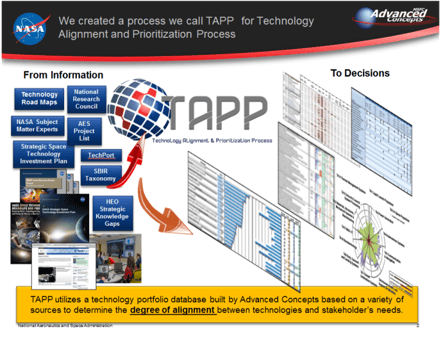 Topic-Mapper seeks to create an interactive system for exploring the almost mind boggling complexity of planning for multiple missions using over 400 technologies (many still in basic research) and hundreds of interrelated elements/sub-elements over 30 year planning horizons.
Topic-Mapper seeks to create an interactive system for exploring the almost mind boggling complexity of planning for multiple missions using over 400 technologies (many still in basic research) and hundreds of interrelated elements/sub-elements over 30 year planning horizons.
Incorporating Bintel’s AI technology at the time, the application provides NASA the capability to have data mining agents parse and score unstructured content against the 354 technologies identified in the 17 Technology Roadmaps. This ability to score proposals with cognitive agents enabled ACO to perform statistical analysis within the Information Based Decision framework for Strategic Investments.
The immediate benefit to ACO was increased productivity and consistent analysis. The long-term benefit was an ability to perform quicker, more informed technology assessments, feasibility analysis, and concept studies that align with NASA evolving strategic goals and multiple mission objectives.
Goal for the Pilot Project - ACO was tasked to perform a technology assessment of wireless sensors to help MSFC leadership determine where best to focus resources to support future missions. Bintel partnered with ai-one inc, ISC Consulting and ACO to demonstrate an ability to build and use intelligent agents that align and improve ACO’s Technology Assessment process by evaluating and assessing thousands of research papers and projects that describe the current state of Wireless Sensors.
Relevance - The Bintel project provided the capability to harvest applicable technology information from the proliferation of information sources, often referred to as “big data,” by autonomously analyzing, scoring and filtering technology data in a way not currently practical.
Previously, ACO’s Technology Assessment process was a labor-intensive process used to determine the current Technology Readiness Level (TRL) of a technology, determine the difficulty associated with moving a technology from one TRL to the next or determine technology alignment with strategic goals. Performing a TRL assessment requires 1) a set of well-defined terminologies, 2) a group of individuals to describe the state of the art and 3) a means for assessing (measuring) the validity of that description. Evaluators “do not need to be discipline experts,” they only need to “understand the current state of the art.”
Some of the insight developed with Bintel and the ACO investigator in just the first week is shown in the following figures.
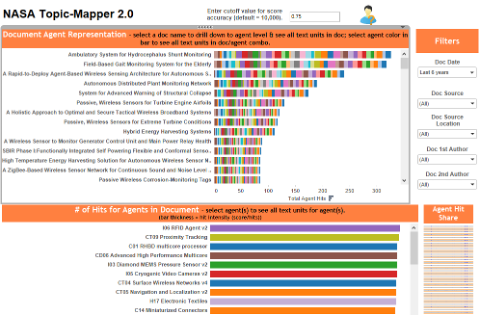
Figure 1 Answers Question: Which research addresses NASA’s top priorities?
Bintel uses intelligent agents as the “evaluators” and assisting ACO perform the Technology Assessment of Wireless Sensors. We have a unique ability to support ACO with this task. We have been collaborating with ACO since 2016 to better understand the problems ACO faces and believe this partnership will lead to an entirely new approach and capability within MSFC, including a planned integration with an application developed under the Eureka Project with Purdue University.
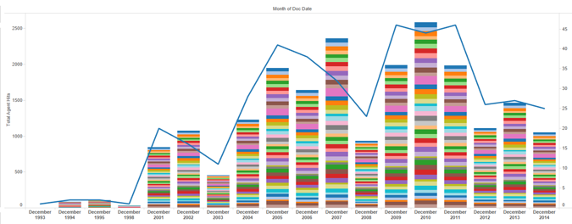
Figure 2 Answers Question: How is the research trending for these technologies?
In order to achieve the goals of the pilot, we created the Bintel Topic-Mapper to extract and process semantic fingerprints within a set of documents (textual corpora). The Bintel Topic-Mapper harnessed the capability to discern patterns in the words and associations that are central to the meaning of all or a portion of wireless sensor text documents. Our technology learned the keywords and associations, filtering out the noise to create a fingerprint array of the concepts within.
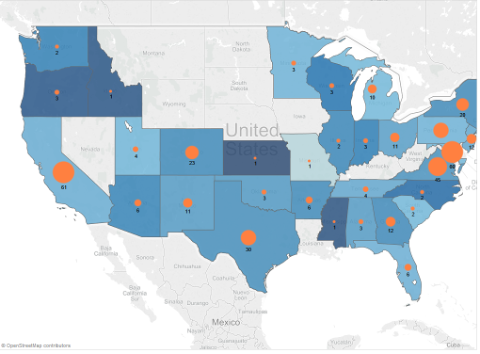
Figure 3 Answers Question: Where is the research being done?
The first step was to teach our AI a set of terminologies and textual corpora that describe Technology Readiness Levels and Advanced Degrees of Difficulty for state of the art, wireless sensor technologies. The second step was to provide the agents trained on the initial set of text, a different set of text describing the current work being performed with wireless sensor for classification and further learning by the agents.
Final Analysis
Once the intelligent agents scored the similarity to each paragraph of content, the software provided the ability to categorize and display results pulled from the core data. Paragraphs are evaluated and traced back to their source document for reporting and distribution. This information was stored in MongoDB and exported to other databases for access by other applications or used directly to support a workflow. The first phase was completed in fall 2015 with the final report for the Pilot (wireless sensor roadmap outline) highlighted in Marshall’s Technology Report for 2015. We have now completed four additional projects leveraging the technology and applications developed here (described in the following series of Case Studies).
Related Projects for NASA
Once this project validated the ability to curate technical research using multiple taxonomies and ontologies, it was applied to Portfolio Investment Analysis, a cost reduction project for the RS-25 Engine, Engineering Research Support for Model Based Systems Engineering and several competitive intelligence projects. This work led to the development of Bintel’s Commercial Strategy Platform and is being applied to the identification and quantification of Innovation Ecosystems in the space industry. More information is available on the Bintel website and addition Case Studies are in process.
Summary
The NASA taxonomy combined with interactive search and discovery provide a flexible and fast research methodology for sustained growth in space, aerospace, robotics and the emerging ecosystems driving our future. This application is being used for academic and commercial projects that seek to understand how they fit into NASA’s missions and the commercial space industry.

